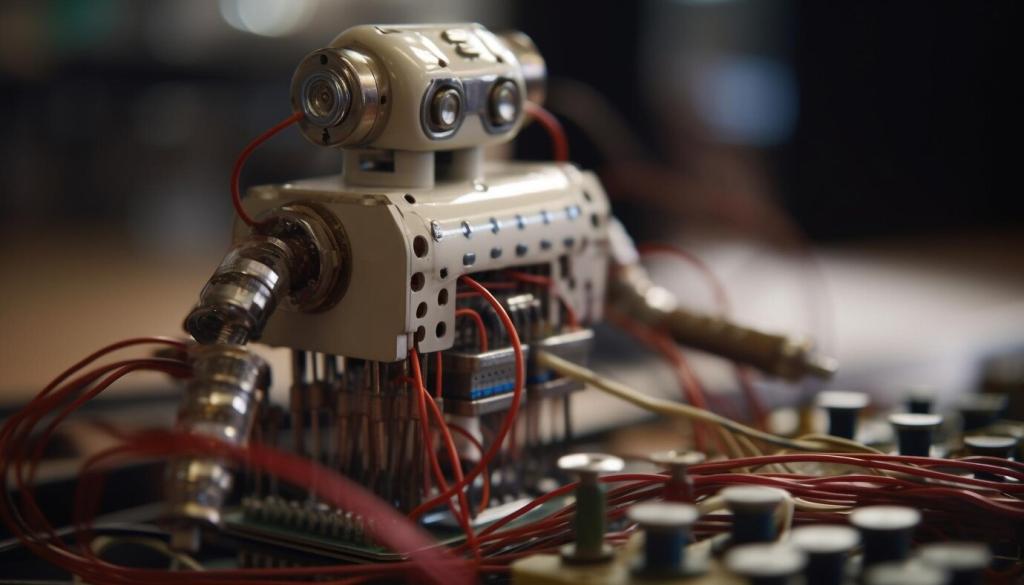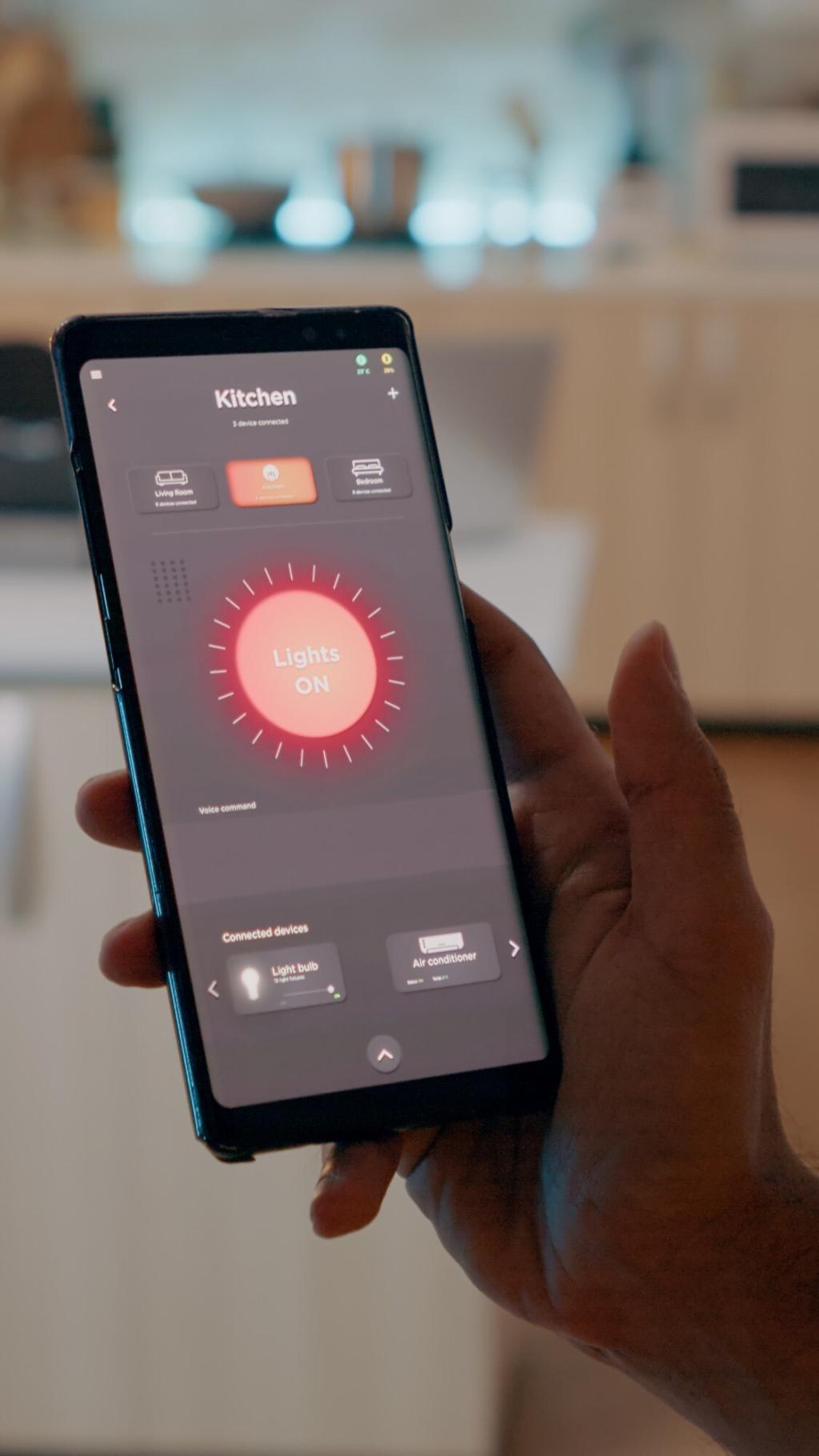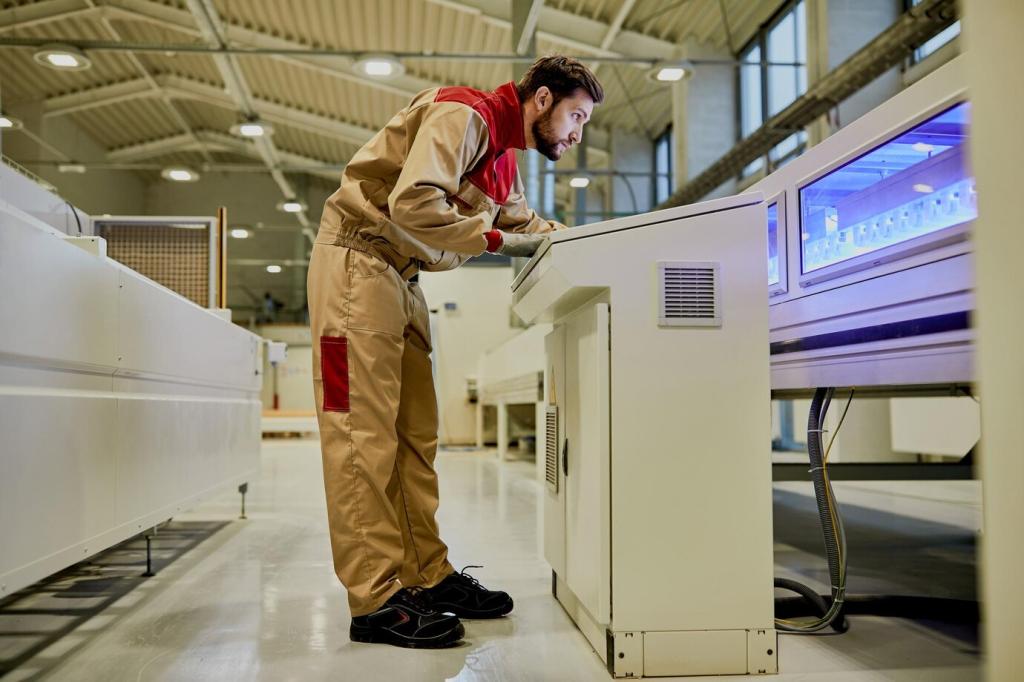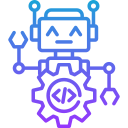
AI in Smart Home Health Devices: The Future of Care Begins at Home
Chosen theme: AI in Smart Home Health Devices. Welcome home to a kinder kind of technology—discreet sensors, thoughtful algorithms, and everyday moments transformed into proactive, personalized care that fits your life.
From Passive Walls to Active Wellbeing
Continuous, Context-Aware Monitoring
AI enables always-on observation without being intrusive. It recognizes patterns in movement, temperature, air quality, and biometric signals, then interprets context—like post-exercise versus rest—to offer meaningful, compassionate guidance rather than generic alerts.
Early Detection Becomes Everyday
Tiny changes often whisper before they shout. AI in smart home health devices notices gradual shifts in gait, heart rate variability, or nighttime awakenings, nudging you to check in or hydrate before small issues snowball into avoidable emergencies.
A Gentle Presence, Not a Gadget Parade
Instead of flashing screens, AI works behind familiar surfaces—smart lights dim for sleep hygiene, speakers remind you to breathe between meetings, and thermostats adjust for respiratory comfort. It feels like a considerate roommate who knows when to help.
Adaptive Baselines for Real Lives
Instead of comparing you to an average population, AI models learn your baseline. If your resting heart rate is normally low, a modest rise paired with poor sleep may prompt a gentle check-in, not a stressful false alarm.
Micro-Coaching That Fits Your Day
Morning humidity and pollen high? Your home suggests a brief indoor mobility session with added hydration. Afternoon slump detected? It recommends a sunlit stroll and a five-minute breathing routine, encouraging balance with small, doable steps.
Stories that Stick, Not Stats that Blur
Last spring, a reader shared how her smart speaker celebrated a streak of calm evenings by queuing her favorite playlist. The device wasn’t just tracking stress; it was reinforcing success with kindness, making healthier choices feel genuinely rewarding.
Chronic Conditions, Managed With Confidence

AI looks at glucose trends alongside meals, sleep, and activity. It might suggest an evening walk after a heavy dinner or remind you to pre-bolus when delivery estimates shift, making everyday choices smoother and less stressful.


Sleep and Mental Health: Rest as a Daily Practice
By tracking temperature, light exposure, and bedtime consistency, AI suggests precise tweaks—earlier dimming, cooler rooms, or a shorter late-afternoon coffee window—so sleep improves gradually, sustainably, and without drastic overhauls.
Sleep and Mental Health: Rest as a Daily Practice
Voice tone, typing cadence on home devices, and activity variance can hint at stress. Instead of alarming labels, AI proposes ten quiet minutes with a guided grounding exercise, then checks back later to celebrate progress.
Trust, Privacy, and Transparency by Design
Local First, Cloud When Needed
Edge models can analyze sensitive signals inside your home, sharing only anonymized insights when necessary. You choose what leaves your network, and every share is logged so you can review, revoke, or adjust permissions anytime.
Explainable Guidance, Not Black Boxes
When AI suggests a nap or a walk, you can see why: elevated variability, shortened deep sleep, high ambient noise. Plain-language explanations help you trust the system and learn about your body’s patterns, not fear them.
Bias-Aware Models for Everyone
Inclusive datasets and calibration for different skin tones, ages, and health backgrounds reduce disparities. Feedback prompts invite you to report mismatches, helping the system improve while centering your lived experience and comfort.

Connecting the Dots: Interoperability That Actually Works
Support for interoperable protocols and healthcare formats means your devices can share key trends consistently. With permission, summaries flow into your provider’s systems, avoiding manual notes and miscommunications during important appointments.
Connecting the Dots: Interoperability That Actually Works
When your scale, cuff, sleep sensors, and inhaler reminders cooperate, AI sees the whole picture. It correlates lifestyle cues with outcomes, turning isolated data points into timely suggestions you actually feel motivated to follow.


Start Small, Grow Wisely
Pick One Goal, One Device
Choose a single focus—better sleep, steadier blood pressure, calmer evenings—and one reliable device. Let AI learn your baseline for a few weeks before expanding. Share your experiences in the comments to inspire others beginning today.


Build Habits With Gentle Automation
Tie automations to your goals: dim lights for wind-down, cue a two-minute breathing routine after work, or schedule a brief stretch following long meetings. Small, repeatable nudges compound into meaningful, delightful progress.
